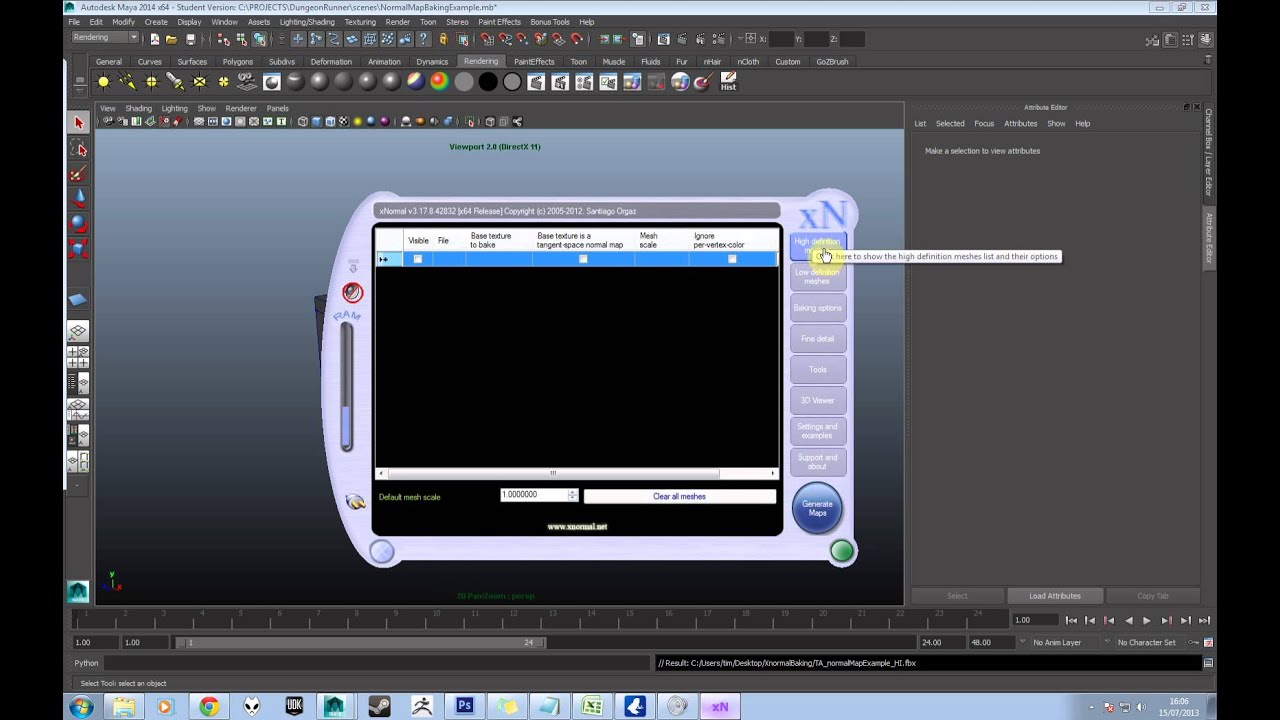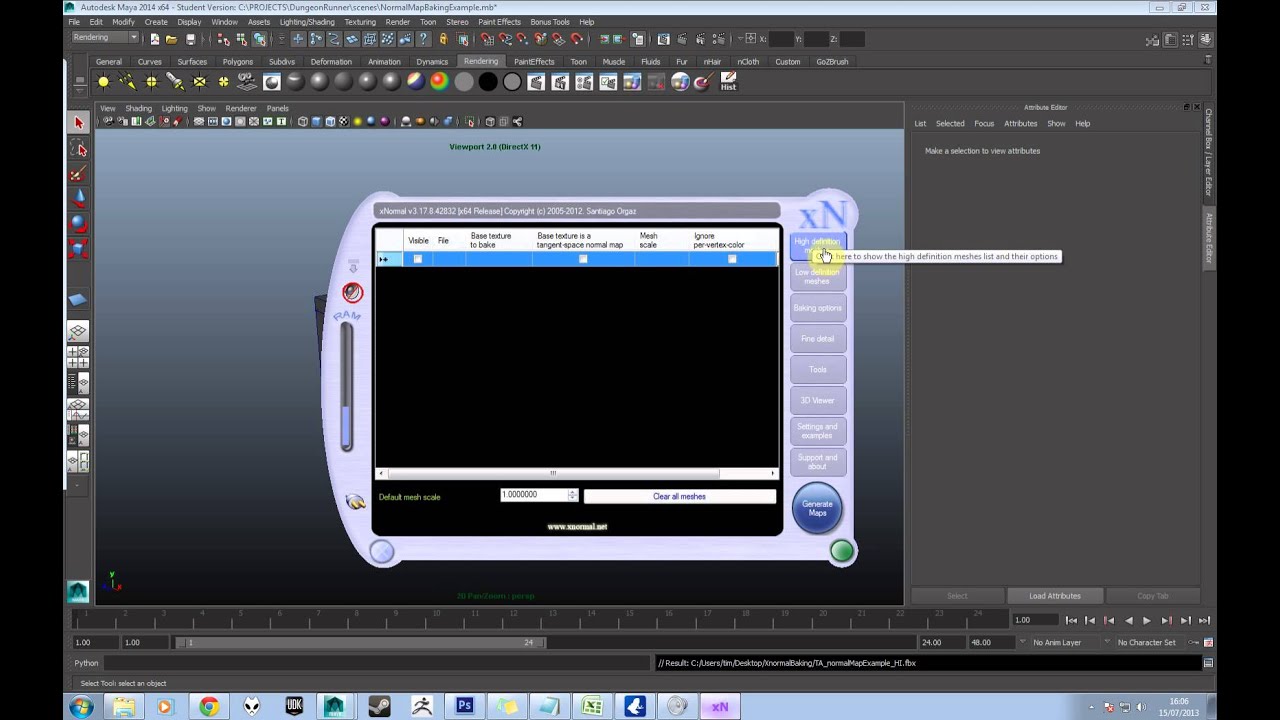XNormal is a powerful tool in the world of 3D modeling, enabling artists to create incredibly realistic and detailed models. By generating normal maps and displacement maps, XNormal adds depth and complexity to surfaces, enhancing lighting and shading effects. This process allows for intricate details without the need for excessively high-polygon models, significantly reducing rendering time and complexity.
Table of Contents
At its core, XNormal utilizes advanced algorithms to calculate normal vectors and tangent spaces, effectively transferring surface information from high-resolution models to lower-resolution ones. This allows for efficient and effective implementation of intricate details, resulting in visually stunning 3D models.
Key Concepts and Terminology

XNormal is a powerful tool for creating high-quality normal and displacement maps, which are essential for enhancing the visual fidelity of 3D models. Understanding the fundamental concepts behind these maps and the underlying mathematical principles is crucial for effectively utilizing XNormal and achieving optimal results.
Normal Maps
Normal maps store information about the surface orientation of a 3D model, allowing for the simulation of detailed surface geometry without actually increasing the polygon count. They achieve this by encoding the direction of the surface normal at each point as a color value.
- Surface Normal: A vector that points perpendicularly outward from a surface at a given point. It represents the direction of the surface at that point.
- Color Encoding: Normal maps use the RGB color channels to represent the X, Y, and Z components of the surface normal. Each channel is normalized to a range of 0 to 255, with 127.5 representing the center value.
- Tangent Space: Normal maps are defined in tangent space, a local coordinate system aligned with the surface of the 3D model. This allows for consistent mapping of normal information across different parts of the model, regardless of its overall orientation.
- Bump Mapping: A technique that uses normal maps to simulate surface detail by altering the direction of light reflection. This creates the illusion of bumps and indentations on the surface without adding polygons.
Displacement Maps
Displacement maps, unlike normal maps, directly alter the geometry of a 3D model by displacing vertices along the surface normal. They are typically used to create high-frequency details that are too intricate to be represented by polygons.
- Vertex Displacement: Displacement maps encode displacement values for each vertex, which are applied to the corresponding vertex position along the surface normal. This effectively pushes or pulls vertices to create the desired surface shape.
- Subdivision Surfaces: Displacement maps are often used in conjunction with subdivision surfaces, which allow for the creation of smooth, high-resolution surfaces by adding additional polygons between existing vertices.
- Detail Level Control: Displacement maps provide precise control over the level of detail, allowing for the creation of both subtle and dramatic surface variations.
Tangent Space, Xnormal
Tangent space is a local coordinate system that is aligned with the surface of a 3D model. It is defined by three orthogonal vectors: the tangent, bitangent, and normal. This coordinate system is crucial for mapping textures, including normal and displacement maps, to 3D models.
- Tangent: A vector that points along the direction of the surface in the U-coordinate direction of the texture.
- Bitangent: A vector that points along the direction of the surface in the V-coordinate direction of the texture.
- Normal: A vector that points perpendicularly outward from the surface.
- Texture Mapping: Tangent space allows for textures to be mapped onto 3D models in a way that preserves the correct orientation and alignment of the texture elements, regardless of the model’s orientation.
End of Discussion: Xnormal

From game development and film animation to architectural visualization, XNormal has become an indispensable tool for artists and designers. Its ability to create high-quality normal maps and displacement maps, combined with its user-friendly interface and extensive features, makes it a valuable asset for any 3D modeling workflow. As 3D technology continues to evolve, XNormal remains at the forefront, offering a powerful solution for creating breathtaking and realistic 3D models.
XNormal is a powerful tool for baking normal maps, a process that enhances the visual detail of 3D models. While XNormal can be used independently, it often complements other 3D modeling software, such as rhino software , by providing a way to transfer surface detail from high-resolution models to lower-resolution ones.
This results in more realistic and visually appealing 3D models, especially when combined with the powerful modeling capabilities of Rhino.


